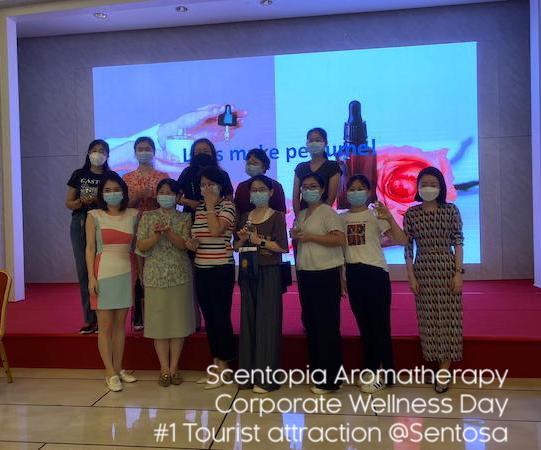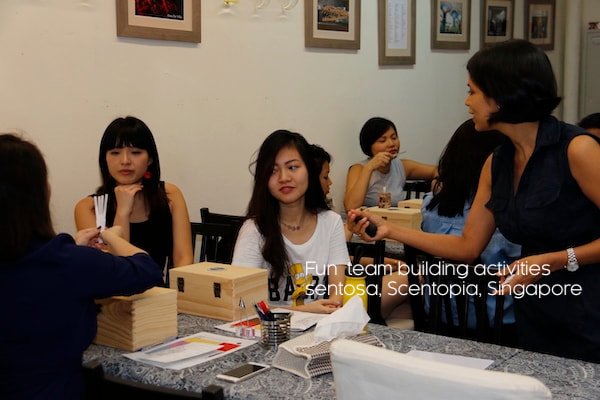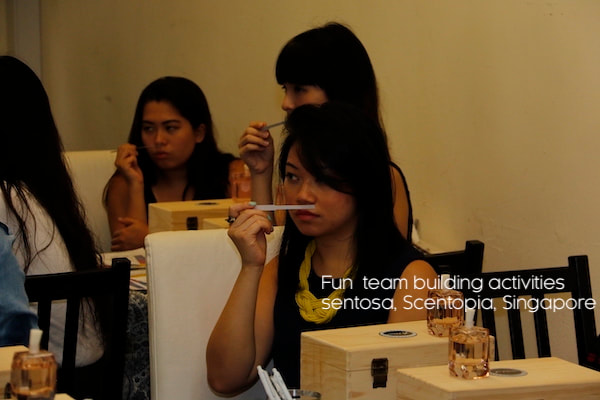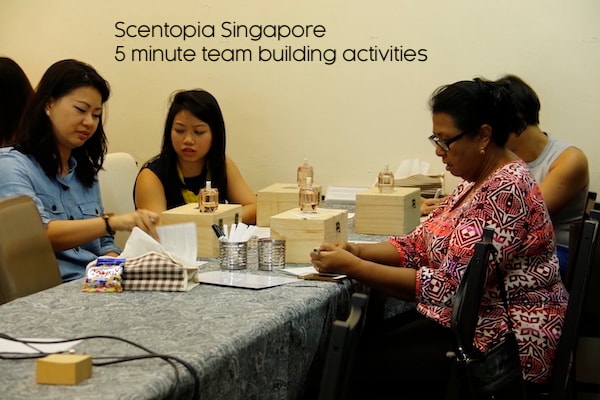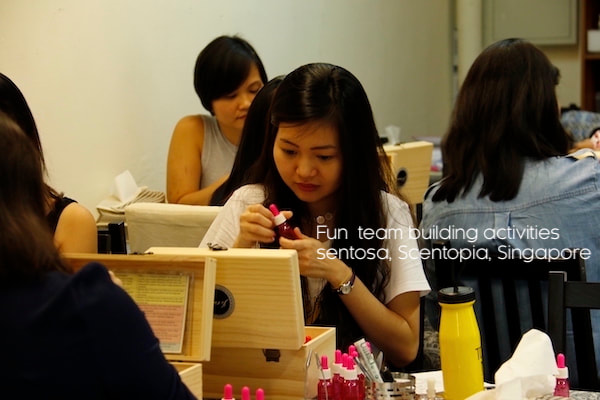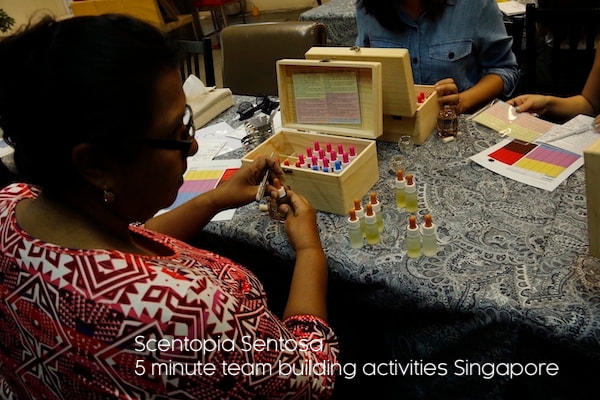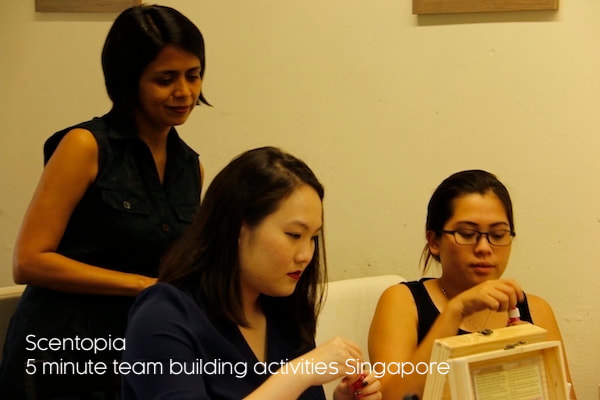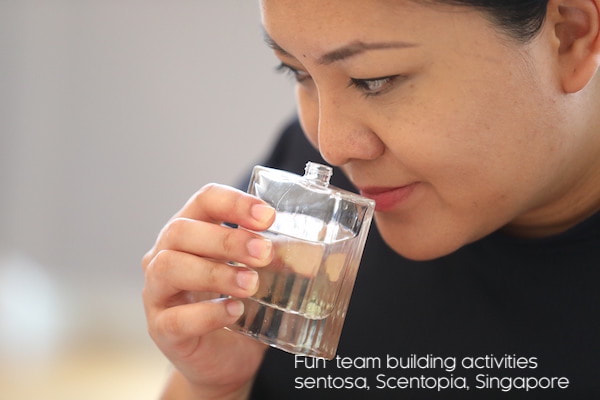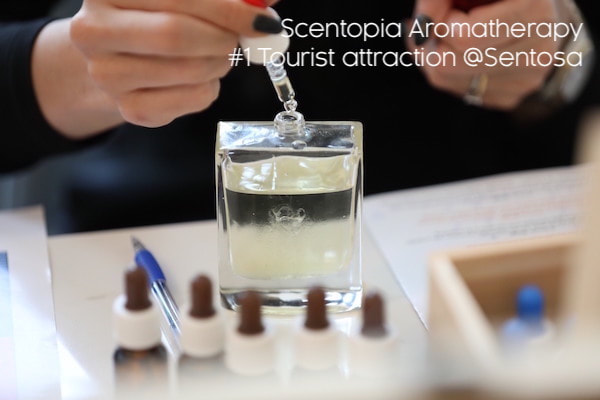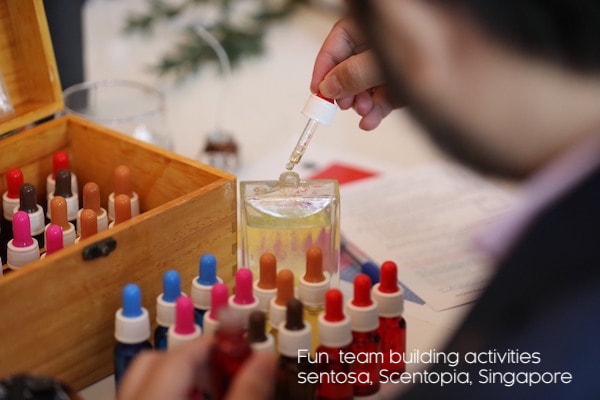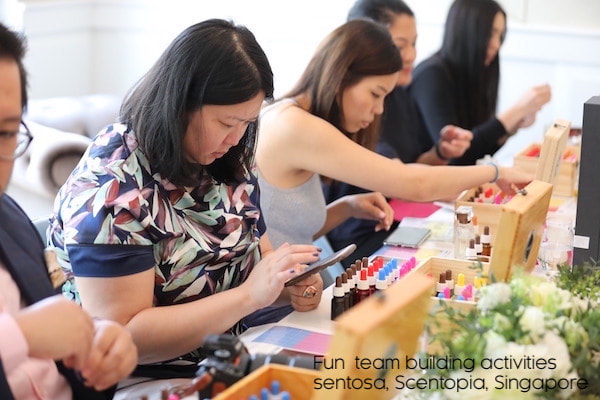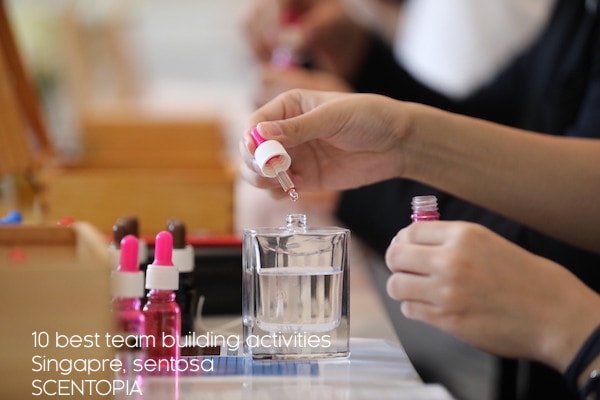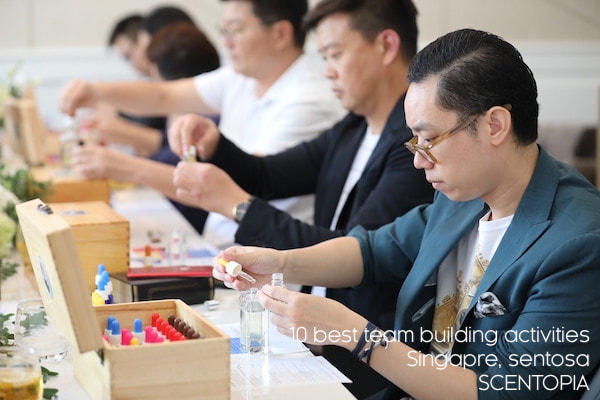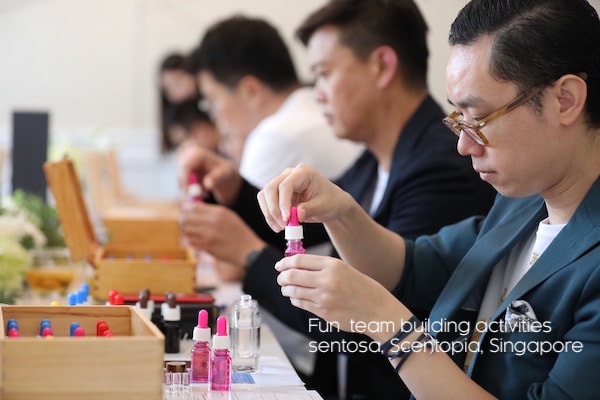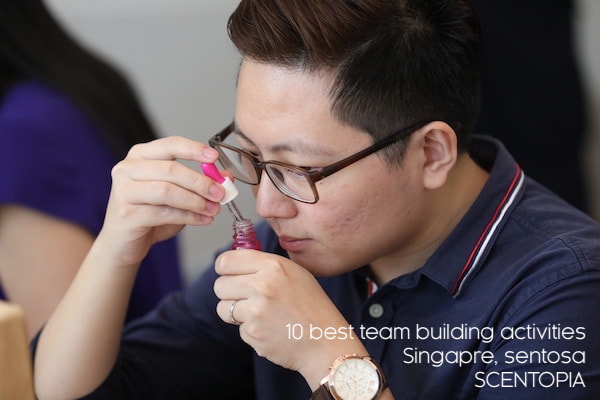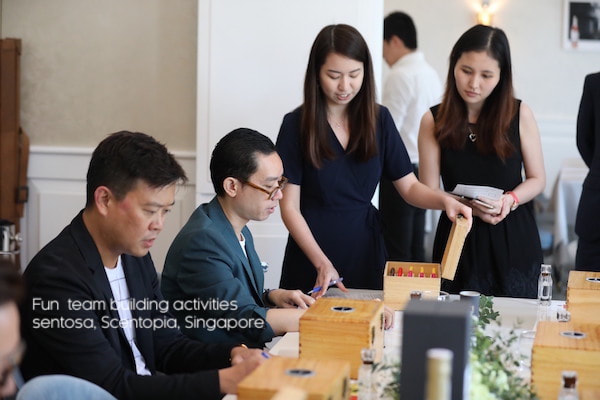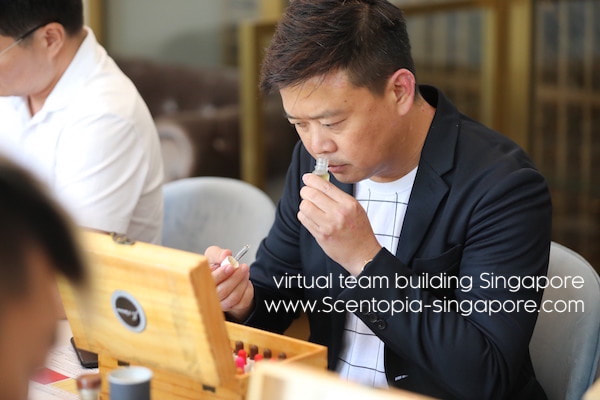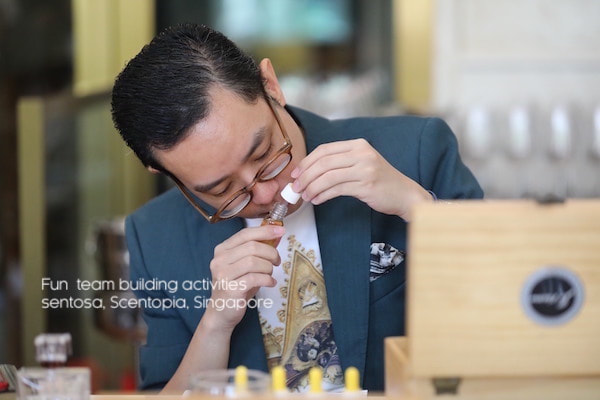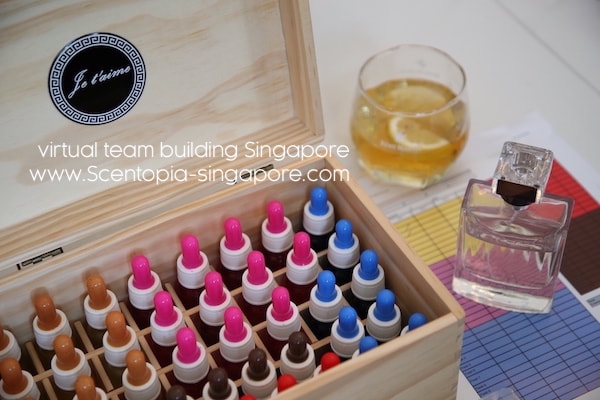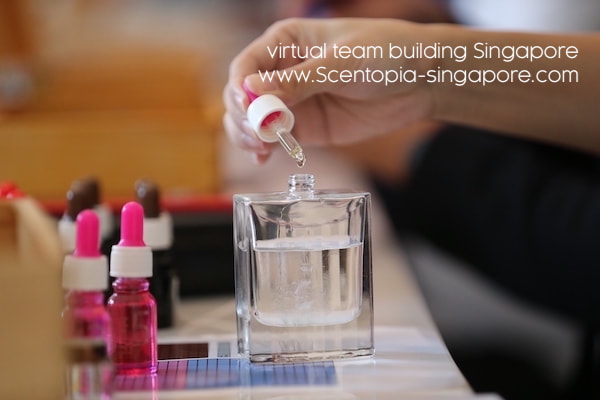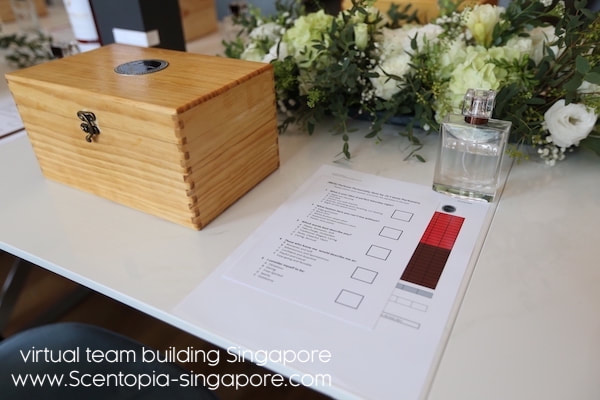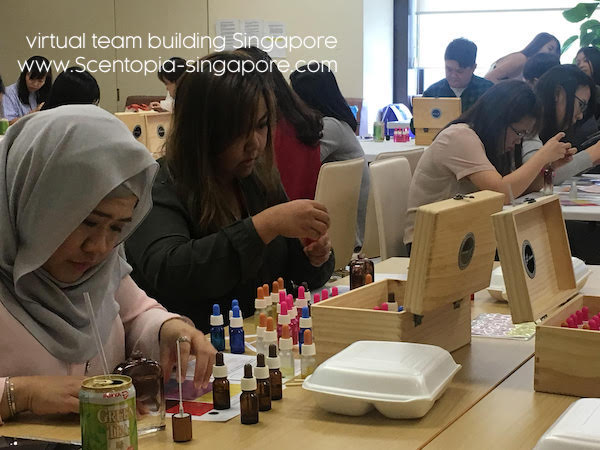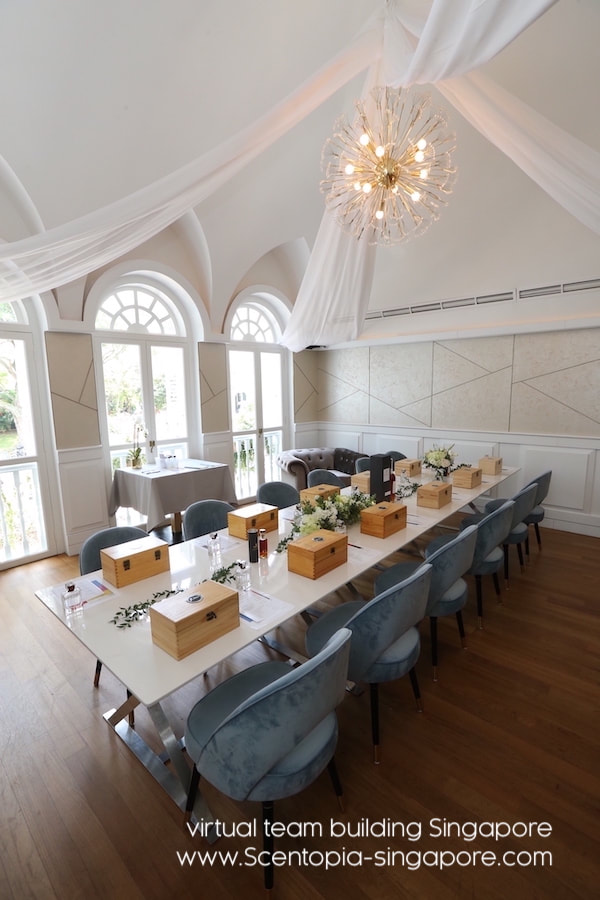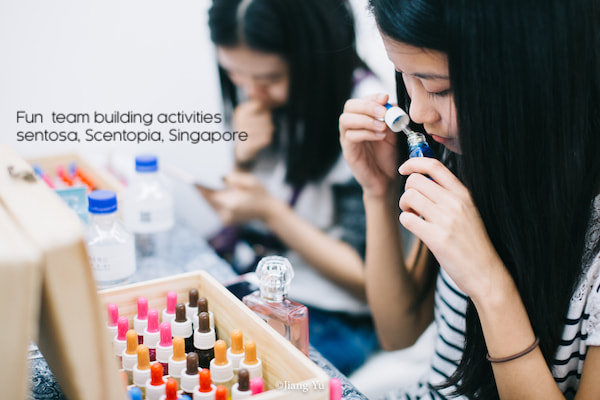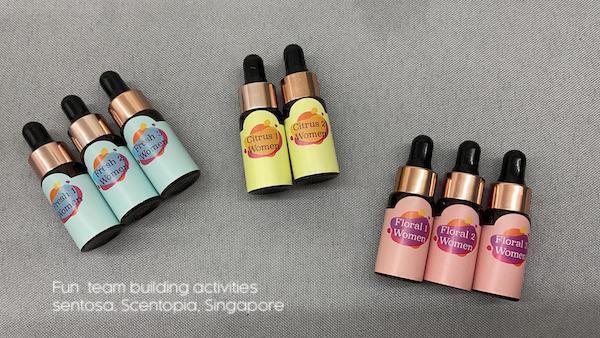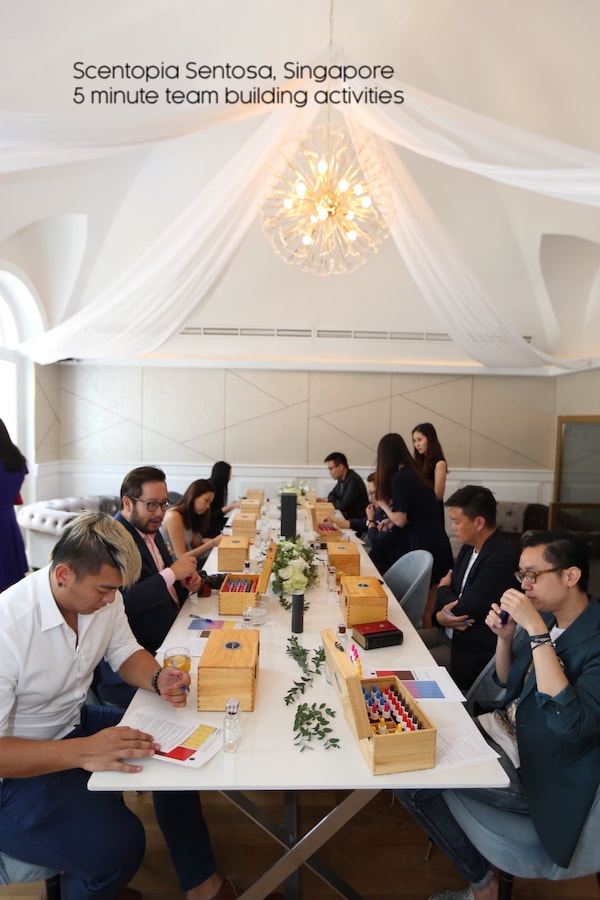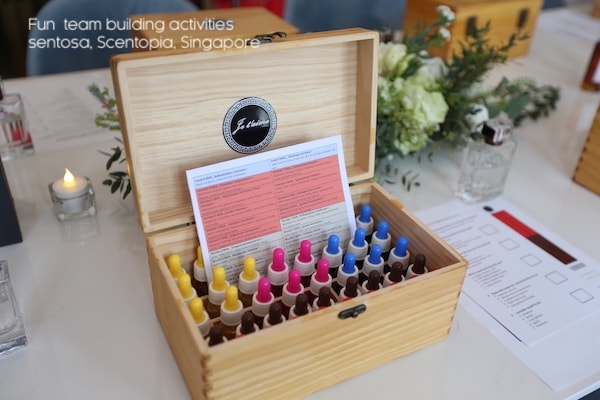Top 33 Not Lame Team Building Activity Singapore [2023]
Unlocking Team Building Excellence in Singapore
Team building games provide an entertaining and imaginative method for your team to bond and collaborate. These activities can enliven your team and bring a positive change to their day, whether you're participating in an online meeting or at the workplace.
Few examples of popular team building games in Singapore:
Few examples of popular team building games in Singapore:
- Two Truths and a Lie: Each team member takes turns sharing three statements about themselves, two of which are true and one that's a lie. The rest of the team has to guess which statement is the lie.
- Escape Room: Divide the team into smaller groups and give each group a set of puzzles to solve within a certain time limit. The first group to solve all the puzzles wins.
- Charades: One team member acts out a word or phrase without speaking, while the rest of the team tries to guess what it is.
- Treasure Hunt: Create a scavenger hunt for your team, with clues that lead to the next until the final prize is found.
- Aromatherapy Team building Perfume making workshop at Sentosa's Scentopia, tourist attraction
- Fun Beach Olympics at Siloso Beach with amazing beach activities and pretty sunset
- First bathing in rainforest of Singapore - A wellness activity for those seeking mindfulness
- Various other offsite team building in Sinagpore , which include perfume making, reed diffuser making at your location
